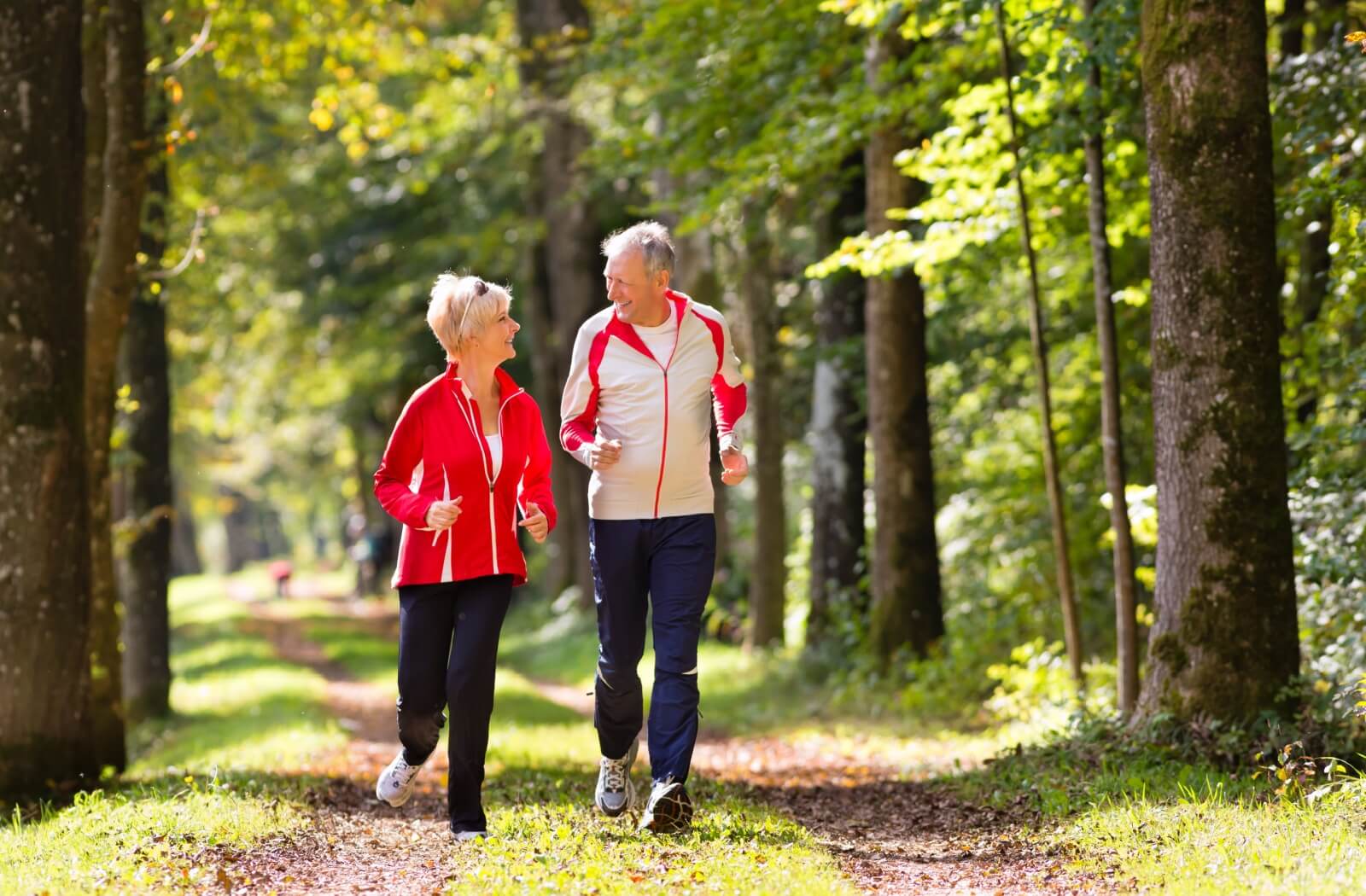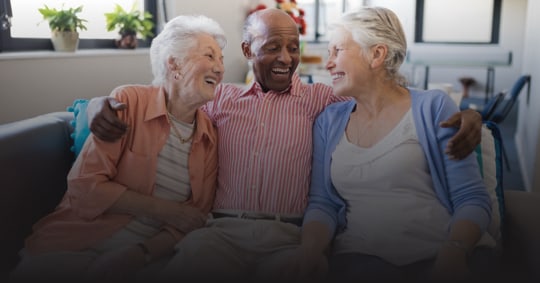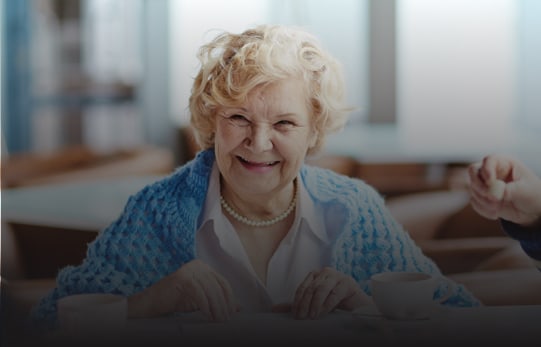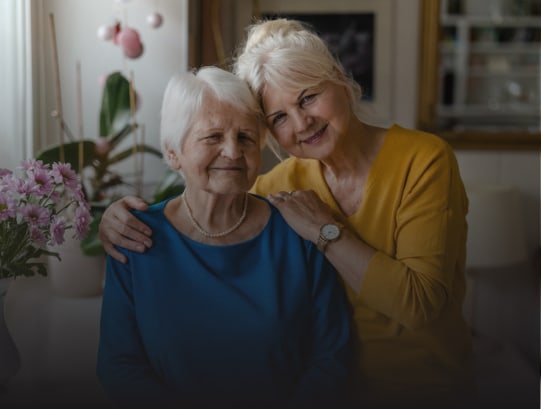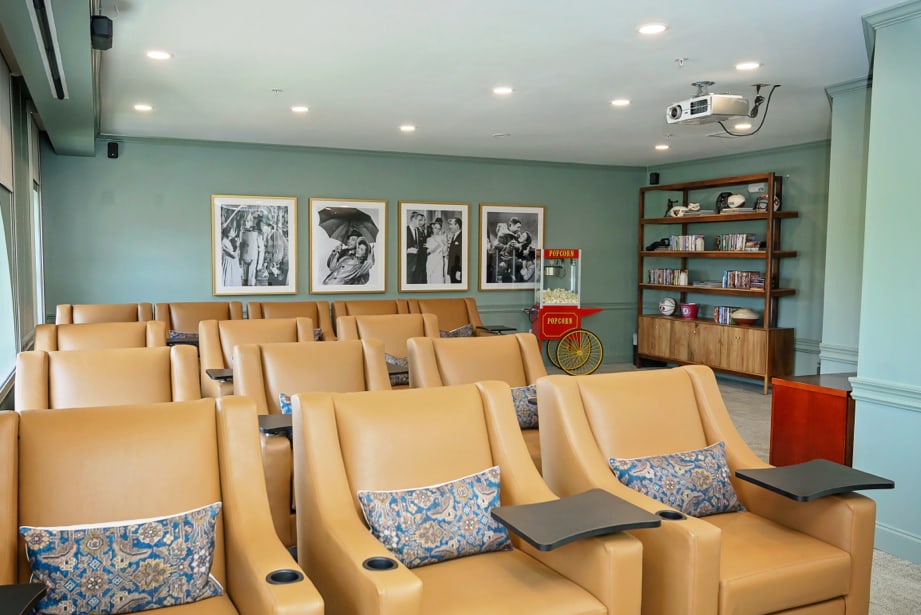As we age, our bodies naturally change, often impacting our balance. This can lead to an increased risk of falls, which can have serious consequences. Balance exercises are crucial for maintaining independence, reducing the risk of injuries, and improving overall quality of life.
By incorporating simple balance exercises into your daily routine, you can improve your overall health and well-being, and enjoy a more active and independent lifestyle.
The Importance of Fall Prevention
Falls are a leading cause of injuries among older adults and they can result in both fatal and non-fatal injuries. By strengthening muscles, improving coordination, and enhancing cognitive function, balance exercises can significantly reduce the risk of falls and their associated consequences.
Other benefits of improving balance include:
- Maintaining independence and autonomy
- Strengthening bones and muscles
- Improving coordination and agility
- Enhancing memory and problem-solving
- Improving and reducing recovery time
Maintaining Independence
Most older adults want to be able to take care of themselves without needing help. Balance exercises can help you stay more independent by improving your mobility and confidence. This means you can easily get around and do the things you enjoy.
Muscle & Bone Health
With aging comes a natural decline in bone density and muscle mass, rendering bones more prone to fractures and impacting balance and strength. Consistent balance training can enhance strength and endurance.
Balance exercises can help build muscle and improve bone health. Activities like standing on one leg or walking heel-to-toe can strengthen your bones and reduce the risk of fractures.
These exercises also work your core muscles. A strong core helps support your back, improve your posture, and can even help with bladder control. It can also relieve back pain and make it easier to move around.
Enhanced Coordination
Balance exercises typically encompass a variety of movements designed to test and enhance coordination. Enhanced coordination plays a vital role in averting accidents and injuries, whether at home or in other environments. The more consistently you participate in balance training, the more adept and confident you’ll be able to move through your environment.
Boosting Cognitive Function
Engaging in balance exercises enhances physical stability and offers significant advantages for cognitive well-being. These exercises can improve concentration, memory, and creativity, keeping your brain sharp.
Consistent physical activity is linked to a reduced risk of cognitive deterioration, dementia, and Alzheimer’s disease. This underscores the importance of incorporating balance exercises into your daily routine for both your physical and mental health.
Fall Recovery
Should you suffer a fall, strong balance skills can be instrumental in a speedy recovery. Being able to stay steady and react quickly when you start to fall can help prevent serious injuries. Balance training helps your body react faster, which can speed up your recovery.
Social Engagement
Joining a balance exercise class can be good for your social life too. Meeting new people and making friends can help make you happier and feel less lonely.
Emotional Well-Being Improvement
Exercise can help you feel happier and healthier overall. It releases endorphins (feel-good chemicals) in your body that can reduce stress, anxiety, and depression, which are common problems for older adults.
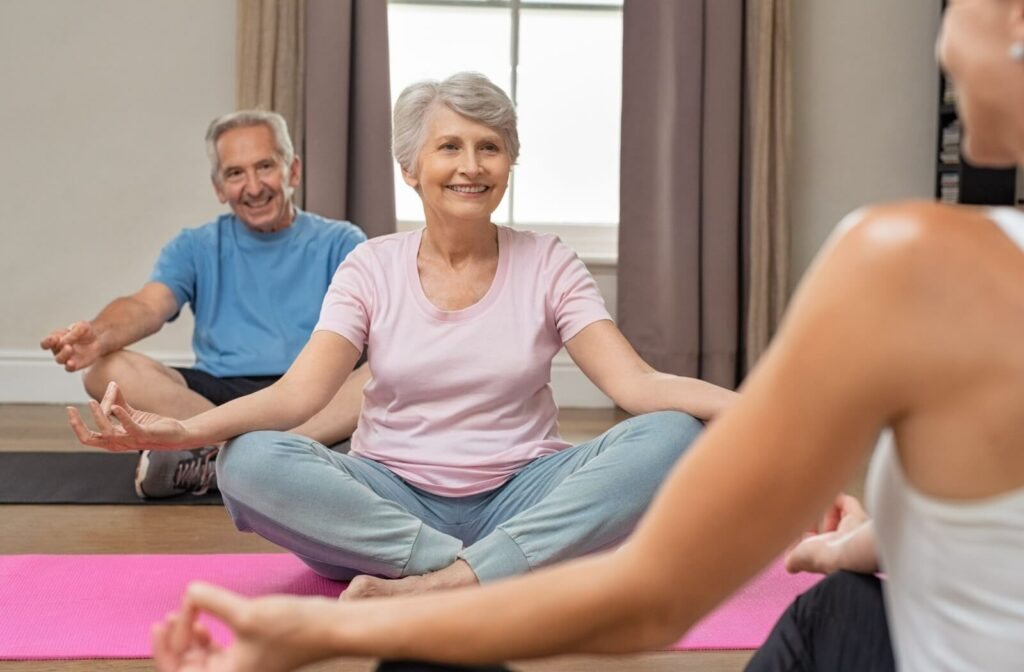
Simple Balance Exercises
Here are some easy balance exercises you can do at home.
Standing on One Leg
Stand tall with your feet together. Raise one foot off the ground, keeping your knee straight. Hold for as long as you can, then switch legs.
- Tip: Use a chair or wall for support if needed.
Heel-to-Toe Walk
Stand tall with your feet together. Step forward, placing your heel on the toe of your other foot. Continue walking in this manner for a short distance.
- Tip: This exercise can be done with or without a chair for support.
Tandem Stance
Stand tall with your feet together. Step back with one foot, placing it directly behind the other foot. Hold for 30 seconds, then switch legs.
- Tip: This exercise can be made more challenging by closing your eyes.
Wall Push-Offs
Stand facing a wall with your feet about 12 inches away. Place your hands on the wall at shoulder height. Lean back slightly until you feel your heels lift off the ground. Hold for 30 seconds, then repeat.
- Tip: This exercise helps strengthen your core and leg muscles.
Single-Leg Chair Sit
Stand facing a chair. Extend one leg behind you, keeping your knee straight. Slowly lower yourself down until you can just touch the chair seat with your fingertips. Hold for 30 seconds, then repeat with the other leg.
- Tip: This exercise is a great way to challenge your balance and leg strength.
Start slowly and gradually increase the difficulty as you become more comfortable. If you have any concerns or health conditions, consult with your doctor before starting a new exercise program.
Find Autonomy with Somerby St. Vincent’s One Nineteen
Integrating balance exercises into your daily routine is a proactive step toward a healthier, more independent lifestyle. These exercises help prevent falls, improve cognitive function, foster social connections, and support overall well-being.
At Somerby St. Vincent’s One Nineteen, we take a holistic approach to wellness and offer several services to support your physical, mental, and emotional health, including:
- On-site therapy programs
- Delicious and nutritious dining
- On-site fitness facilities
- Educational and social programming
Schedule a visit today to discover more about our community and services and how they can contribute to a more vibrant and dynamic lifestyle!


